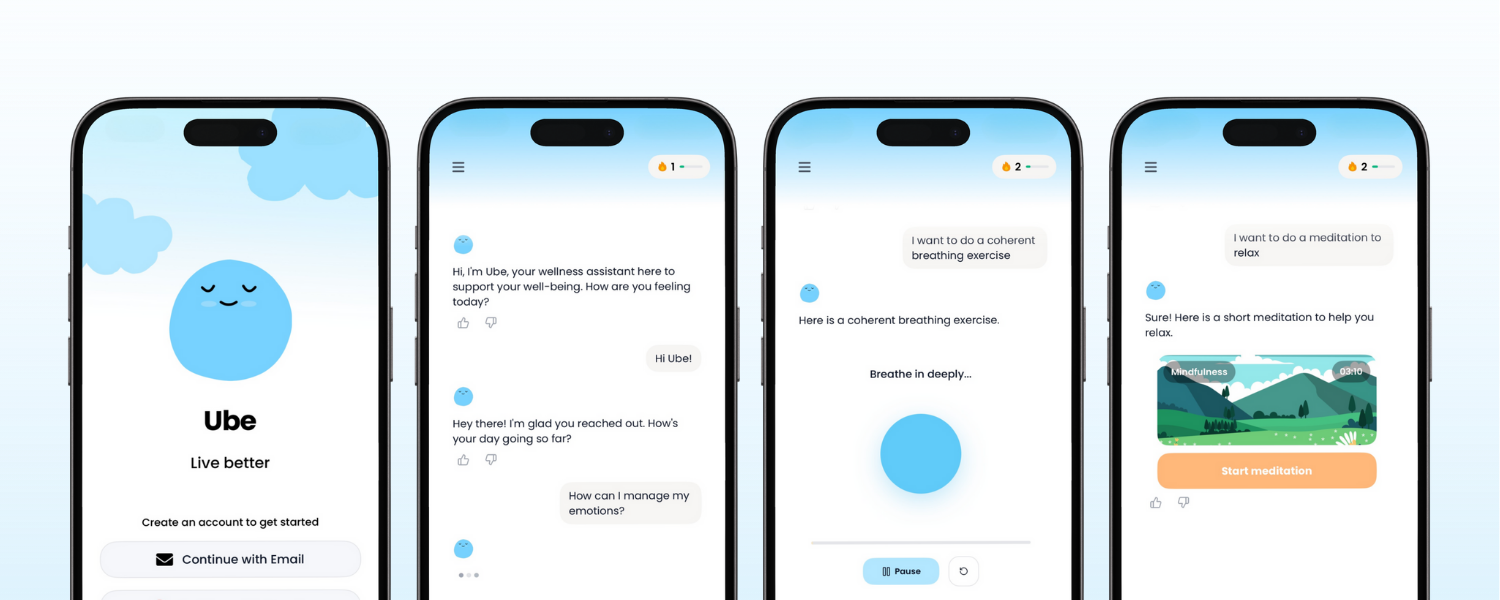Start here if you are new
If you typed how to meditate for beginners into a search bar, you probably want something clear, short, and doable today. You do not need a special cushion or a quiet mind to begin. You need a tiny, repeatable practice and a forgiving attitude. This guide covers what actually happens when you sit down, how to set up a simple routine, what to do with wandering thoughts, and which styles are best for specific moods. You will learn beginner meditation tips that are grounded in evidence and real life, so you can sit for three minutes, feel a little steadier, then come back tomorrow without overthinking it.

Why it feels hard at first?
Early sessions rarely feel calm. Your brain is designed to scan, predict, remember, and judge. When you pause, all of that becomes obvious, which is why many beginners assume they are bad at meditating. The truth is that wandering is normal, and noticing the wandering is the practice. Studies suggest mindfulness can reduce stress and improve emotion regulation over time, but beginners still face restlessness, sleepiness, and doubt. If you remember that progress is measured by gentle redirection rather than perfect focus, the first week gets much easier. A brief overview from Harvard Health describes how mindfulness can ease anxiety and mental stress, which is useful context when motivation dips.
Another early misconception is the quiet mind myth. You do not silence thoughts. You practice noticing them, then you return to an anchor like the breath or sounds. Over time the gap between noticing and reacting gets wider. That gap is practical freedom, especially for meditation for anxiety, because it makes room for wiser choices rather than reflexive ones. If you expect noise and welcome it as training material, you are already learning how to meditate for beginners more skillfully than most guides suggest.
Set up the smallest possible practice
Choose a time you can repeat most days. Morning often works because the day has not crowded in yet, but any stable moment is fine. Sit in a chair with your feet on the floor, spine long but not rigid, hands resting on thighs. Close your eyes or soften your gaze. Set a simple timer for three minutes. When it starts, feel one breath at the nostrils or in the belly. That gentle physical sensation is your anchor. When you get pulled away, return to that feeling with kind curiosity.
If sitting is uncomfortable, lie down for a short body scan and bring attention to your shoulders, jaw, or chest sensations. Breath not cooperating today? Switch to listening. Let distant sounds be your anchor. If you are very agitated, count breaths on the exhale up to five, then restart. These micro-options keep the practice adaptable, which is the quiet superpower of how to meditate for beginners when life is messy.
What to do with thoughts and emotions?
You will notice thoughts about work, family, and planning. Instead of forcing them away, label them lightly in your mind - thinking, planning, remembering - then return to the breath. That label creates nonjudgmental awareness, which loosens the grip. Strong emotions deserve gentleness. If frustration arises, silently say, this is frustration, and soften the breath. If anxiety peaks, place a hand on your chest and lengthen the exhale. This anchors the nervous system and makes the session feel manageable rather than overwhelming.
When you get lost, use a simple loop. Notice, name, return. Each cycle is a rep, like a micro push-up for attention. A few times per minute is normal. If you feel dull or sleepy, open your eyes a little and sit a touch taller. If you feel buzzy, try slower exhalations or a brief body scan. Over days, this loop turns into a daily meditation routine that strengthens attention and kindness together.
Choose a style that fits today
There is no single correct style. On focus-heavy days, choose breath awareness. For tension or pain, pick a body scan and move attention from head to toe. When you feel isolated or irritable, try loving-kindness by silently repeating may I be safe, may I be well, then extend it to others. If you feel caged by sitting, take a slow walking meditation and sync awareness with steps. A short guided meditation can help on tough days. The National Center for Complementary and Integrative Health offers a plain-language overview of practices and potential benefits, which is handy for orientation here.
For how to meditate for beginners, matching the technique to your state is more important than mastering a tradition. If the mind is scattered, choose counting breaths. If the heart is heavy, choose kindness phrases. If energy is low, sit upright with eyes open and brighten the room. Small, compassionate adjustments keep the habit alive.
Measure progress without killing your motivation
The question how long should I meditate can trap beginners. Start with three minutes for one week. If that feels solid, go to five, then ten. Duration matters less than consistency. Let your first metric be show up most days. Better is better, not more is better. Track mood before and after with a single word. Over time you will see that tiny shifts compound. Streaks can help, but avoid perfectionism. If you miss a day, you can always begin again - in fact, begin again is the core muscle of attention training.
Habits stick when they are tied to cues. Sit right after brushing your teeth, finishing coffee, or parking the car. Keep your seat visible. Use a very short guided meditation on challenging mornings. If self-judgment appears, treat it like any other thought, then return to the anchor. That is the simplest, clearest expression of how to meditate for beginners in everyday life.
Bring it back to your life
Meditation is not an escape. It is practice for how you meet moments. Sit for a few minutes, notice, name, return, then carry that steadiness into emails, commutes, and conversations. Over weeks you will feel more space in tense moments and more warmth when you remember others are struggling too. Keep it humble and consistent, and let your sessions be ordinary. If you want gentle structure, Ube can support you with compassionate check-ins, soft reminders, and friendly reflections that make it easier to return tomorrow. Your mind will wander. That is okay. You will notice, you will return, and you will keep going - and that is the heart of learning how to meditate for beginners.
